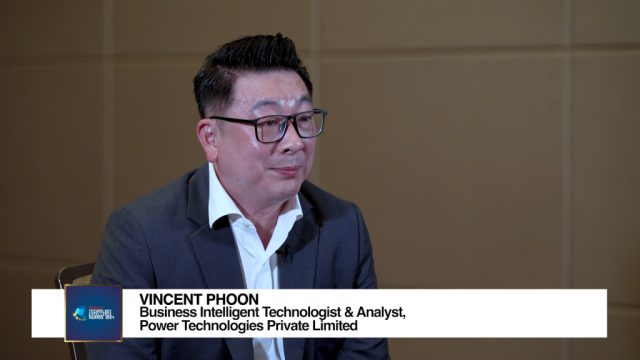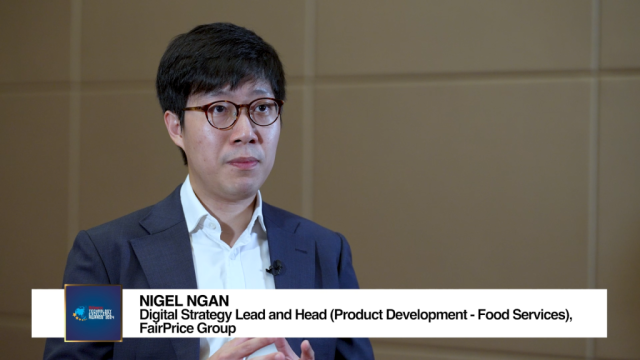Investment theory deconstructed
By Richard YehInvesting is a word that will bring up many different connotations, both good and bad. Many picture glamorous lifestyles associated with the rich and famous, who have the net worth to make their money work for them. We also picture unscrupulous financiers, trading stocks to make money for themselves, at the expense of everyone else. It’s no surprise why many people feel this way either - the current state of investing is one that is exclusive, expensive and complicated.
But take a step back and you’ll quickly see that these perceptions, while somewhat accurate, are not limited to those alone. The reality is that you don’t have to be rich or financially savvy to be smart with your money.
If you are reading this article, you already have established a level of interest in investment, but let’s look at the bigger picture.
A deeper look at investing
Why do people take their hard earned money and invest it, potentially putting that money at risk? The simple answer is ‘to make money’, but to leave it at that would be foolish. ‘Making money’ or generating returns from your investment is certainly a goal every investor has, but it is important to understand that investment should be tied to a particular goal with a specific financial outcome. This could include saving for a house or preparing for retirement. With these goals, you start to get a clearer picture of what an investor actually is, or more specifically, what an investor is not -- a speculator, a day-trader, or a gambler.
What separates an investor from the rest is the investment horizon, a key concept that revolves around the length of time that the investor plans to hold onto their investment portfolio. A typical investor will expect to have an investment horizon north of five to 10 years. While this can vary, this concept determines whether you are an investor or a trader.
Starting your investment journey
At this stage, many will look at picking a stock, but this will likely prove to be a costly mistake. Stocks are incredibly difficult to select unless you are a seasoned expert. Instead, budding investors should look at asset classes, or groupings of investments that hold similar characteristics to each other. The three main asset classes will include stocks, bonds and cash equivalents, and by creating a portfolio of asset classes, investors will usually experience less volatility in their investment.
Armed with the knowledge of asset classes and investment horizon, let’s examine some of the finance theories professional investors use and what they can teach us.
A 1986 research paper by investors Gary P. Brinson, Randolph Hood and Gilbert L. Beebower reaffirmed the benefits of indexing -- an investment strategy focused on passive investments. If we put aside the vast amount of technical financial jargon, their research studied the portfolio performance of large institutional investors and found that, over time, sticking to passive investments would largely have outperformed active investment strategies. In short, spending time in the market with the right strategic portfolio of asset classes will outperform investors who are actively trying to time and manage their portfolios.
But this is just one of many research papers and financial models that exist today. What else is there, and how can we best understand them? Let’s dive right in and take a look at some key financial models for your investment toolkit.
- Modern Portfolio Theory
Developed in 1952 by Harry Markowitz, this theory states investors can construct portfolios to maximise their expected returns. One of the most well known theories in the investment landscape, the theory works on the concept that higher levels of returns also increases levels of risk in your investment. Portfolios can be built with a range of assets to sit on an efficient frontier, giving the portfolio the highest level of returns for a given risk level. Essentially, in this model, any constructed portfolio that sits below the efficient frontier line is not worth investing in.
Building on this in 1958, James Tobin stated that on the efficient frontier sat one super-efficient portfolio. This portfolio promised the highest level of returns for the lowest amount of risk possible, with any changes to the portfolio ultimately delivering poorer returns for higher risk. Subsequently Nobel laureate William Sharpe proved that the super-efficient portfolio was in fact the Global Market Portfolio, which essentially contains every asset in the world proportionally weighted to their presence in the overall market.
- All Weather Portfolio
There are four economic seasons that affect investments, according to Ray Dalio, founder of investment firm Bridgewater Associates, one of the world’s largest hedge funds. These seasons are broken down into higher than or lower than expected economic growth, and higher than or lower than expected inflation. Each season has assets that traditionally perform well in that specific situation, so by investing 25% of your risk into each of these four seasons, Dalio states that your investment will be properly diversified, regardless of the economic situation.
What do these models mean for you?
These are just a few of the key models driving investment strategy in the current investing landscape. While they are different, on closer inspection, similar characteristics emerge that can help investors build better strategies:
- Diversification: Look at building a portfolio that includes a range of different asset classes. By diversifying your portfolio, you are better managing your risk.
- Indexing: Adopting a passive investment strategy which minimises the trading of assets has proven to perform better than the majority of active investment strategies.
- Investment Horizon: Set your financial goals and invest with a long-term investment horizon to help you achieve them. It is time in the market that will usually outperform timing the market.
- Use the right tools: These models are highly difficult to implement in practice. Always do your research and leverage tools available to you to help you make the right decisions. Syfe is a digital wealth management platform that utilises the theories discussed to help build custom portfolios for its users.
The investment landscape has long been complicated and exclusive, but with these takeaways and the emergence of exciting new tools, we are starting to see a disruption of this landscape that is making investing accessible to more and more people.

























 Advertise
Advertise









